Meanwhile, the agency’s supersonic X-59 QueSST has completed wind-tunnel and stress tests.
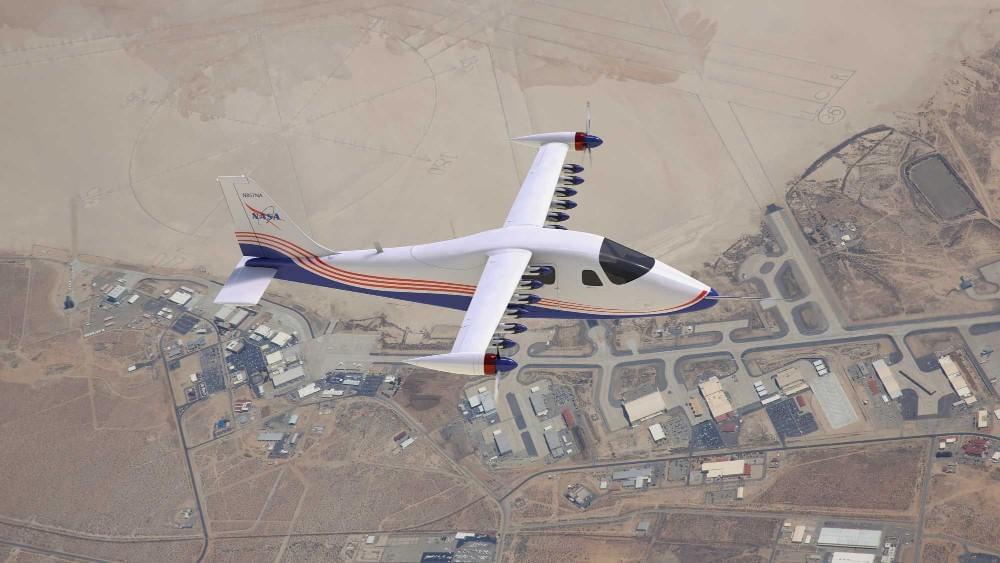

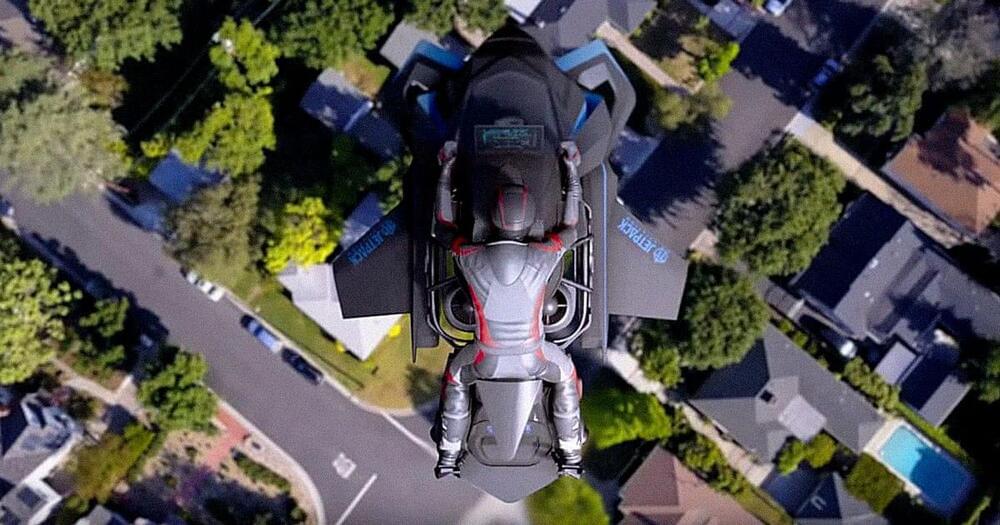

Elon Musk cast Twitter’s future into uncertainty when he made a successful $44 billion bid to acquire the company last month. He will take over as temporary CEO once the deal is complete, CNBC reported Thursday morning.
While countless Musk fans, and a slight majority of Americans—59%—approve of the takeover according to recent data from The Harris Poll, some current Twitter staff worry that it will dramatically change the company’s culture, and overall direction.
It’s still unclear how a Musk-run Twitter might impact the company’s ability to retain current staff and recruit new employees. The company presented the takeover as a potential threat to its staffing abilities in an SEC filing Monday.
But at least casual interest in open positions at the company has skyrocketed since the Tesla billionaire showed serious interest in taking over the company.
On Thursday, Daniel Zhao, a senior economist and data scientist at the job insights platform Glassdoor, tweeted that interest in job openings at the social media giant was up 263% between April 24 and April 30.
Full Story:
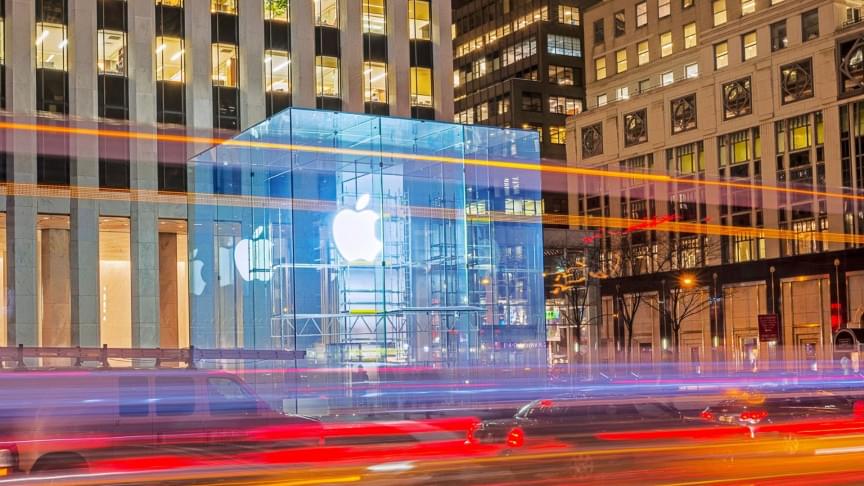

Though NASA’s aircraft may prove why electric flight isn’t the way to go. NASA is edging nearer to its first flight test for its all-electric experimental “X-plane” X-57 Maxwell after completing ground tests on the aircraft, a blog post from the space agency reveals.
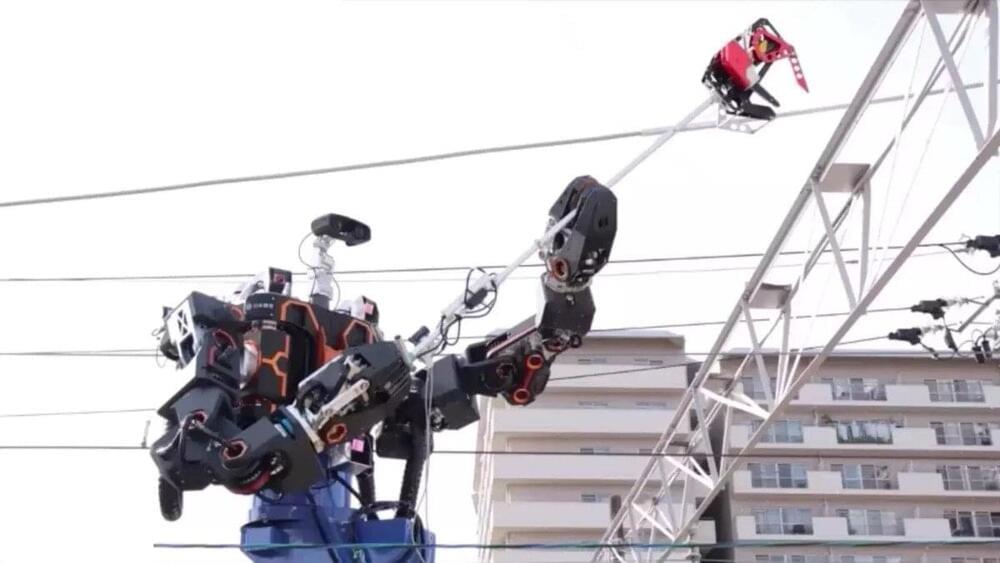
The West Japan Rail Company (or JR West) unveiled its Gundam-style heavy equipment robot for carrying out repairs.
The robot takes on the appearance of a humanoid upper body mounted on the end of a hydraulic crane arm, which rides around on the rail system atop a specially braced rail car. The rail car can deploy stabilizing legs when it arrives at its destination along the line, allowing the robot to manipulate heavy equipment around the rail system instead of workers “to improve productivity and safety.”
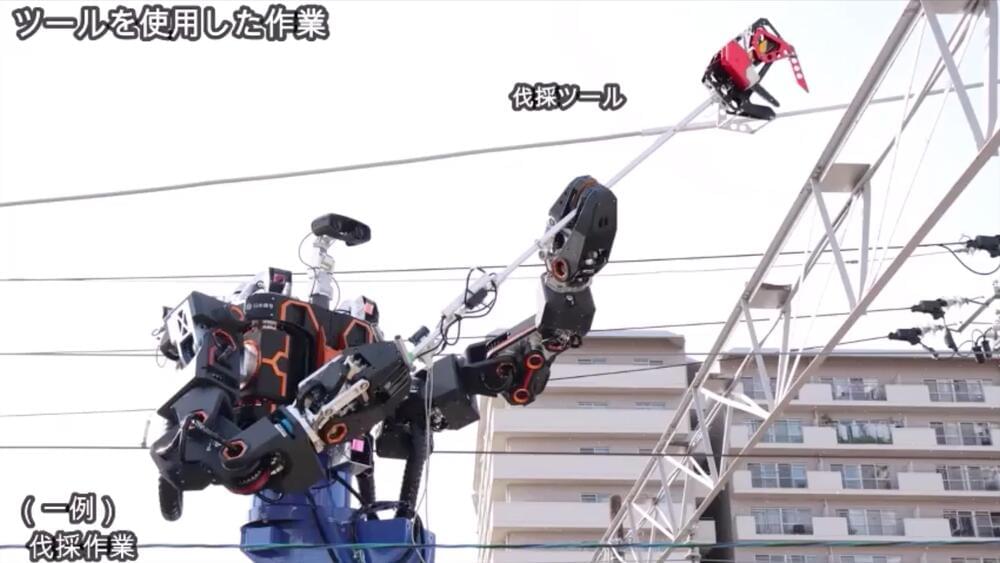
The West Japan Rail Company has released video of its new humanoid heavy equipment robot. Mounted on the end of a crane, this gundam-style robot torso mimics the arm and head motions of a human pilot, who sees through the robot’s eyes via VR goggles.
The key objectives here, according to the company, are “to improve productivity and safety,” enabling workers to lift and naturally manipulate heavy equipment around the rail system without exposing them to the risk of electric shocks or falling.
The robot’s large torso is mounted to a hydraulic crane arm, which rides around the rail system on a specially braced rail car, putting down stabilizing legs when it’s time to get to work.
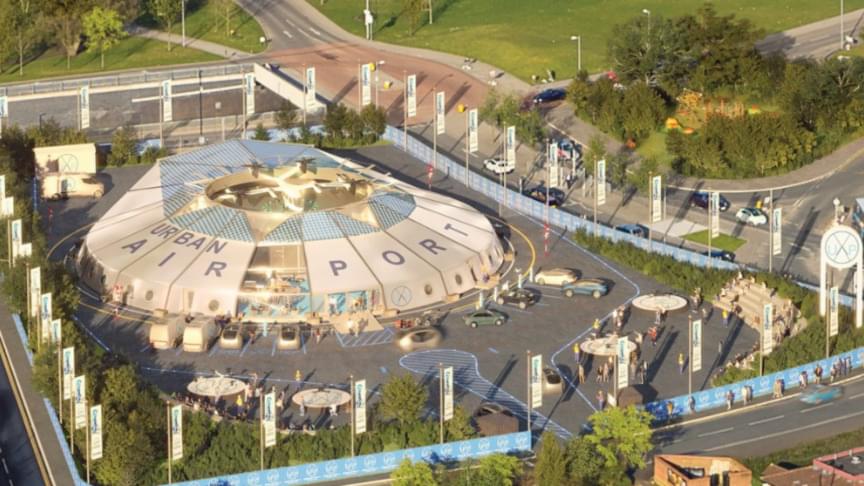
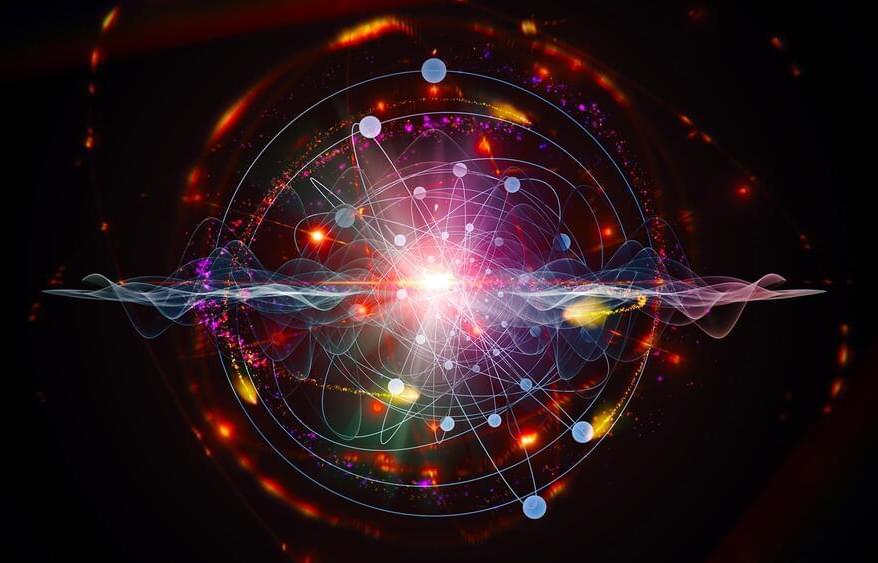
In the pre-industrial age, people only needed to measure years and months to a fair amount of accuracy. The position of the sun in the sky was good enough to break up the day. Timing at the level of fractions of a second was simply not needed.
Eventually, modern industry arose. Fast-moving machines came to dominate human activity, and clocks required hands that could measure seconds. In the current era of digital technology, the timing of electronic circuitry means that millionths or billionths of a second actually matter. None of the high-tech stuff we need, from our phones to our cars, can be controlled or manipulated if we cannot keep close track of it. To make technology work, we need clocks that are faster than the timing of the machines we need to control. For today’s technology, that means we must be able to measure seconds, milliseconds, or even nanoseconds with astonishing accuracy.
Every timekeeping device works via a version of a pendulum. Something must swing back and forth to beat out a basic unit of time. Mechanical clocks used gears and springs. But metal changes shape as it heats or cools, and friction wears down mechanical parts. All of this limits the accuracy of these timekeeping machines. As the speed of human culture climbed higher, it demanded a kind of hyper-fast pendulum that would never wear down.